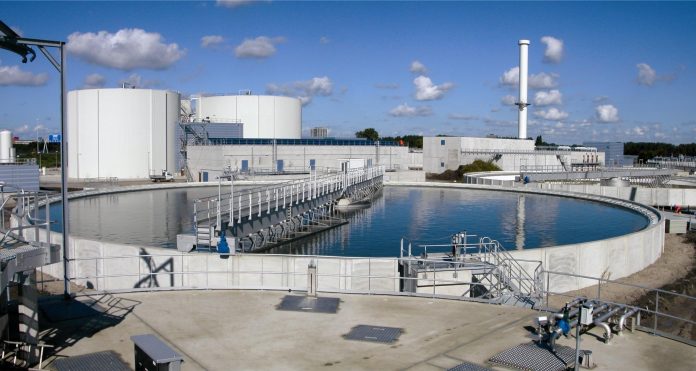- Any concerned citizens residing in urban areas of India would be aghast at how an extremely important issue like effluent generation, management, and treatment is undertaken. None of the civic agencies tasked to ensure the effluent generation in cities to a satisfactory level can lay claim to having achieved what they are supposed to in the first place. With the unparalleled improvements, innovation, inventions, developments, and growth witnessed riding on the back of superior technological advancements, the migration into cities too is on the rise perpetually. The moot point to ponder over here is whether the urban dwellings are equipped to handle the burgeoning migrant population and the accompanying pressure on the inadequate infrastructure.

PC: Express Web Desk
- The answer is a resounding no. The civic agencies are struggling to even provide basic amenities satisfactorily. And the perennial influx into the cities is never-ending with opportunities galore beckoning for endorsement. Of course, one of the most challenging verticals for any civic agency is to ensure humongous amounts of waste generated in the form of effluents are treated scientifically. Alas! It’s not the case in any of the Indian cities. As such, it does not come as a surprise that nodal pollution body Central Pollution Control Board (CPCB) has found all 18 drains of Delhi that empty treated wastewater into the Yamuna fall short of chemical standards mandated before any drain reaches the river.
- Thus, is it any surprise that 22% of Delhi’s untreated waste ends up in Yamuna? Wastewater, sewage treatment in India is abysmal; it lacks the iron, and political will, backed with funds, strict regulation, oversight framework, and civic awareness that the gargantuan problem demands. The gap between sewage treatment capacities and sewage generated is widening. Truth is, states play catch-up and routinely throw big numbers of treatment plant capacities. Frenzied urbanization, migrants pouring into cities, and resultant population growth has led to unprecedented growth in wastewater – a ticking health bomb. Shockingly, as per a Niti Aayog report, of 72,368 million litres of urban wastewater that India generates daily, only 28% is treated.

PC: Edsel Cook
- In other words, 72% of wastewater is untreated and may be disposed of in rivers, lakes, and groundwater. Implementation is impeded by many issues, not least the limited availability of land for treatment plants; residents fear an economic hit as the odour and aesthetics lower land prices. Some Chinese cities addressed this by building plants underground. Illegal dumping, poorly managed drainage systems, multiple leakages, and conventional technology in existing treatment plants are other issues. Mind you, at least three laws, over 10 GOI policies, and missions since 1985 exists to tackle India’s wastewater, pollution, and dead rivers problems. There are many inexpensive and ecologically sustainable ways to address the problem. But we lack the urgency.






